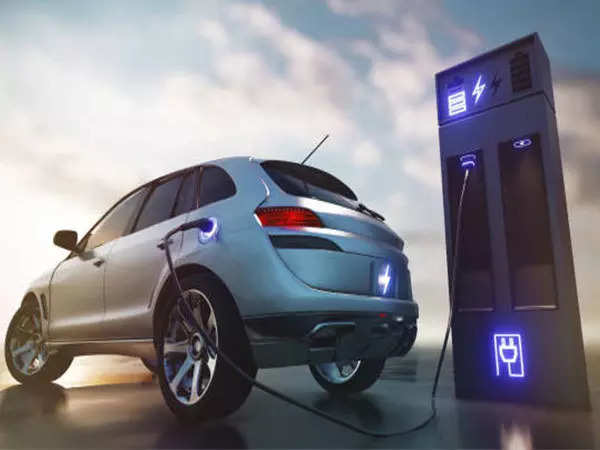
The recently released “State of the Global Climate 2023” report from the World Meteorological Organization shows us the sobering picture that 2023 was the hottest year on record over the last 174 years. With recent unseasonal heat waves in various parts of the world, 2024 already threatens to beat this record, driven by ever-growing carbon dioxide emissions. As we get ready for the onset of summer in India, the above facts remind us that accelerating our path to net zero emissions is a critical imperative to contain the devastating effects of global climate change.
According to the IEA, power and transportation sectors account for over 60% of global CO2 emissions. Therefore, these are the two most critical industries that need to transition to zero emission technologies on an accelerated path to curb the impact of global climate change. India, as the world’s most populous country, and the fastest growing major economy, has a key role to play in achieving this objective.
In the transportation industry, the Government of India has set a clear vision towards driving zero emission technologies, such as electric vehicles (EVs). The government’s strong support through FAME incentives, GST reduction, infrastructure support, and Auto & Battery PLI programs has helped kick-start EV adoption and EV ecosystem development in the country. With over 2 million EVs on the road across 2, 3, and 4-wheelers, trucks, and buses, India is now one of the leading adopters of EVs around the world. Accelerating EV adoption and further mainstreaming the use of EVs will be critical to driving down transportation emissions.
With growing e-mobility, power & transport sectors are becoming increasingly intertwined. In the power sector, the government of India has set an ambitious vision towards transitioning to renewable energy, with a goal to meet 50% of India’s energy requirements in 2030 through renewable sources. Blessed with abundant sunshine, India has a natural advantage in solar power generation. Over the last decade, solar power capacity in India has grown over 30-fold to 75 GW of installed capacity, with aspirations of growing another 6-fold by 2030.
The recently launched ‘PM Surya Ghar Muft Bijli Yojana’, aiming to provide 1 crore households with subsidized solar rooftop installations, has the potential to accelerate India’s solar power goals. With subsidized rooftop solar installations, anyone with a terrace space can generate their own electricity, which can be used within the home or sold back to the grid. Rooftop solar installations have multiple benefits – 1) provide zero emission power to users, 2) reduce distribution costs, 3) help the grid as a source of cheap power during the day, and 4) enable sustainability minded individuals to participate directly in India’s net zero journey.
Rooftop solar presents a unique opportunity for EV owners to enjoy the benefits of low-cost power and zero emissions mobility. A typical 3-5 kW residential rooftop installation can generate 10-15 kWh of electricity per day. This can easily power 2,000-3,000 km of driving per month on a mid-sized EV, which far exceeds the driving needs of a typical Indian car owner. Therefore, for EV owners, solar rooftops can be the route to completely eliminating fuel costs.
Using EVs along with rooftop solar also serves to accelerate payback for the capital expenditure incurred in setting up rooftop solar systems. According to the Household Consumption Expenditure Survey 2023, household transportation (conveyance) expenditure is higher than household fuel and light expenditure in both rural and urban India. Rooftop solar systems, along with EVs, can significantly reduce costs in both of these categories through a single solution, thereby providing a compelling business case for households.
We are already seeing the synergy between rooftop solar systems and EVs play out. For example, geographies with high rooftop solar penetration, such as Rajasthan, Gujarat, and Kerala, show a higher level of EV penetration than the national average. This further proves that for consumers with rooftop solar installations, switching to an EV should be an easy move, and vice-versa for EV customers with terrace space and rooftop solar systems.
With the expected pan-India growth of rooftop solar through the PM Surya Ghar Muft Bijli Yojana, the EV industry and the rooftop solar industry should look to collaborate together to accelerate the adoption of both technologies. Not only would this collaboration unlock synergies for players in both industries, but it would also save significant money for customers and reduce oil imports at a national level. In addition, combining rooftop solar with EVs would create a game-changing opportunity to comprehensively address India’s transportation and power sector emissions and accelerate India’s path towards net zero emissions.

